Are you struggling to identify the black bugs you’ve been seeing around your home or property? With thousands of black bug species in the United States, it can be challenging to determine the right species. However, identifying the correct type of black bug is essential to getting rid of them.
In this article, we will provide you with a comprehensive guide to nine common types of black bugs, complete with pictures and identification tips. By the end of this article, you will be able to identify these pests and understand the problems they can cause.
You are reading: 9 Types Of Black Bugs With Pictures And Identification Guide
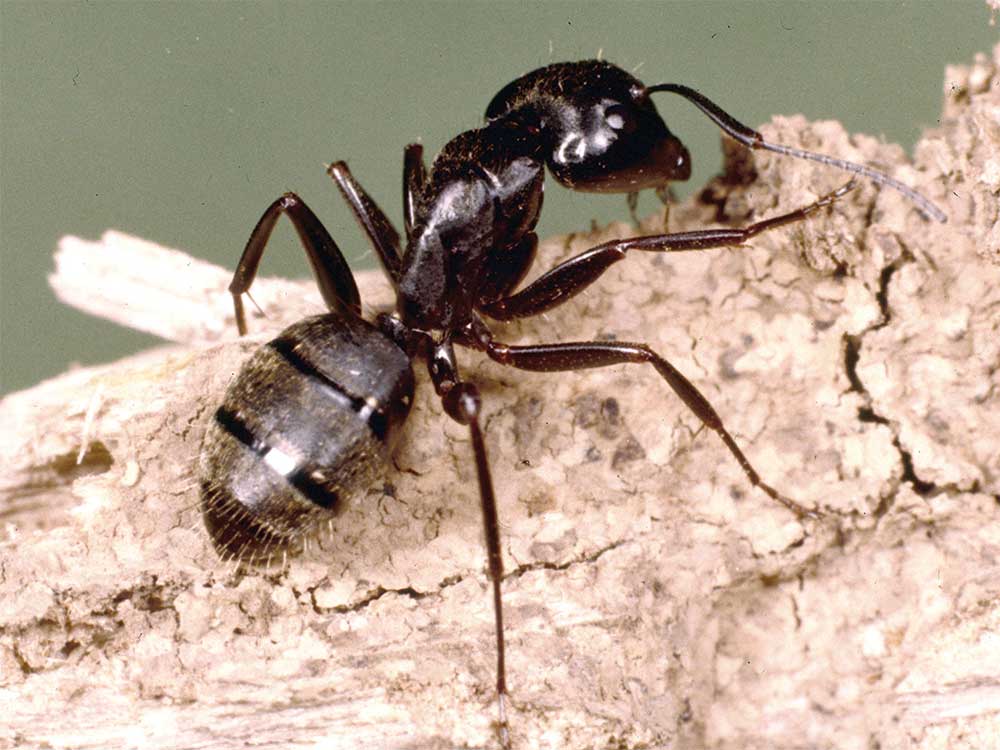
9 Types Of Black Bugs With Pictures And Identification Guide
Black Carpet Beetle
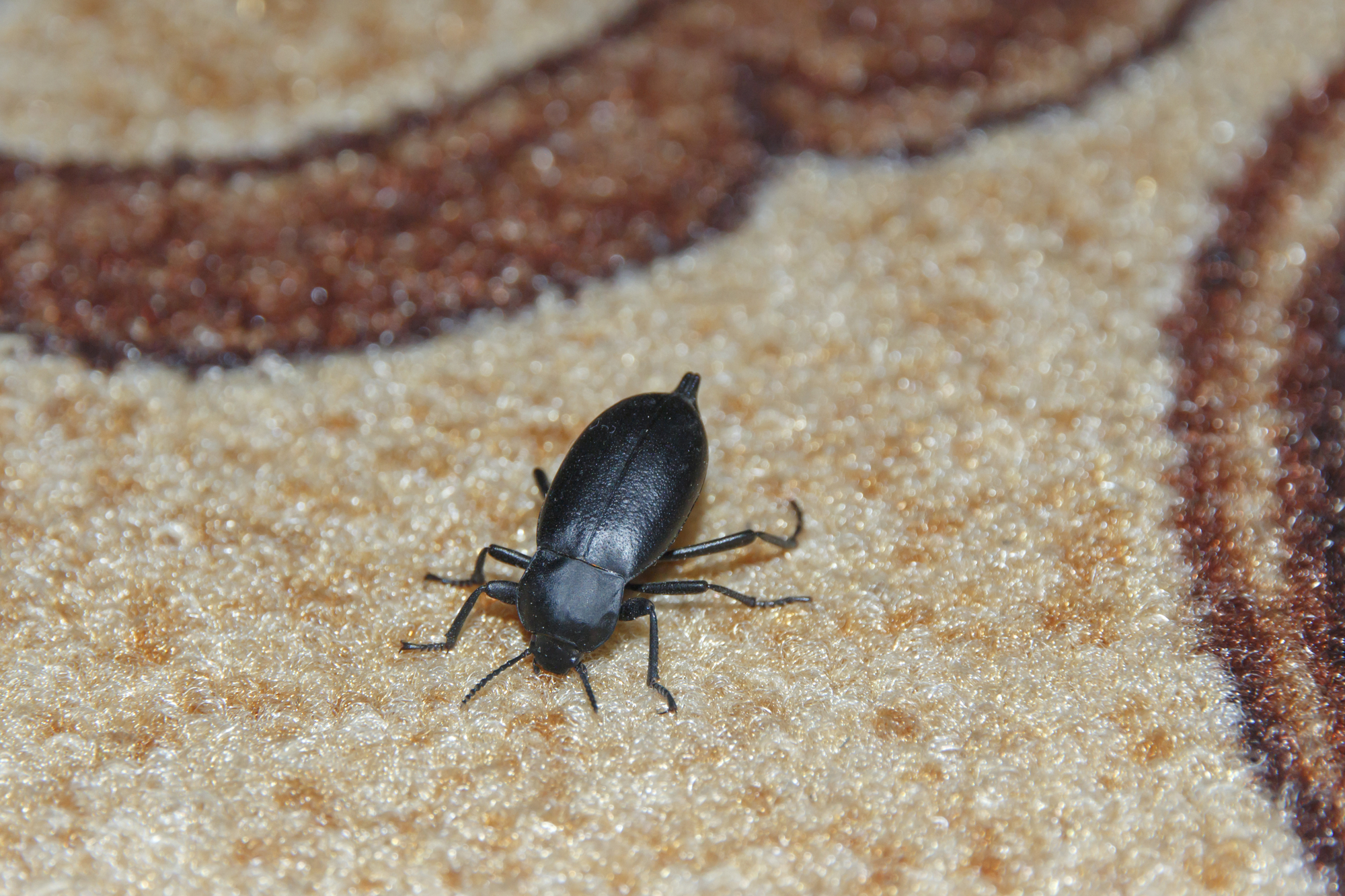
The black carpet beetle, scientifically known as Attagenus unicolor (Brahm), is one of the most common and destructive species of carpet beetles in the United States. They are found throughout the country, including Canada and Mexico.
The black carpet beetle is known to damage household products that contain keratin, a principal protein found in animal hair and feathers. They can also attack plant products such as cereals and grains, as well as synthetic fabrics not derived from animal matter.
Oriental Cockroach

The Oriental cockroach, also known as Blatta orientalis Linnaeus, is a species of cockroach that is commonly found in the United States, including Canada and Mexico. Here are some key facts about the Oriental cockroach:
Identification:
– Males have wings covering 3/4 of their body, while females have very short (rudimentary) wings. The inner wing folds like a fan and is membranous. The outer wing is leathery and thick.
– They are black or dark brown in color and can grow up to 1.25 inches long.
Habitat:
– Oriental cockroaches are attracted to wet and shady perimeter areas and prefer the dark and dampness of basements, cellars, and crawl spaces.
– They can also be found in sewers, drains, and other damp areas.
Behavior:
– Oriental cockroaches are known for their strong odor, which can be especially noticeable in areas where they are concentrated.
– They are primarily active at night and can move quickly when disturbed.
– They are scavengers and will eat a wide variety of organic matter, including garbage, decaying plant matter, and even other dead insects.
If you suspect an Oriental cockroach infestation in your home or business, it is important to contact a pest control professional for proper identification and treatment.
Bed Bugs
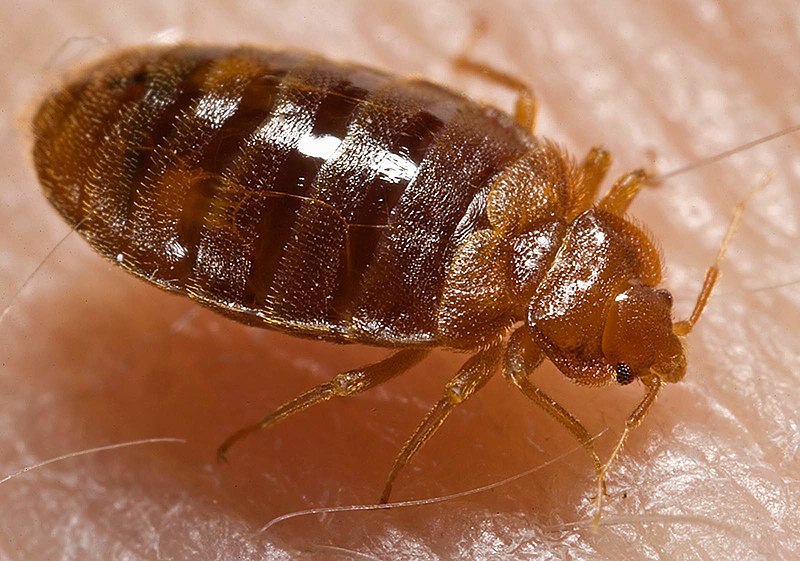
Bed bugs are insects from the genus Cimex that feed on blood, usually at night. They are found throughout the world, and infestations have increased since the 1990s.
Bed bug bites can result in a number of health impacts, including skin rashes, psychological effects, and allergic symptoms. However, bites on the skin are a poor indicator of a bed bug infestation, as they can look like bites from other insects or rashes.
A more accurate way to identify a possible infestation is to look for physical signs of bed bugs, such as rusty or reddish stains on bed sheets or mattresses caused by bed bugs being crushed, dark spots (about the size of a marker) which are bed bug excrement, eggs and eggshells, and live bed bugs.
Read more : Top 10 Worlds Largest Dinosaurs Ever
Bed bugs are challenging to eradicate, and inspections must be thorough and elimination is not always a certainty.
Black Widow Spider
The black widow spider is a venomous arachnid that is notorious for its distinctive appearance and potentially dangerous bite.
The black widow spider is part of the Latrodectus genus, which includes several species commonly known as widow spiders. These spiders are found in temperate regions around the world, including the United States, and are identified by the colored, hourglass-shaped mark on their abdomens.
Here are some key facts about black widow spiders:
Identification:
– Female black widow spiders are typically shiny black, with a red hourglass marking on the underside of their abdomen[6].
– Males are smaller and lighter in color, with red or red and white markings on the upper side of the abdomen[1].
– Black widow spiders have eight legs and eight simple eyes, including two lateral pairs that almost touch[3].
Habitat:
– Black widow spiders favor dark, secluded areas such as crevices, woodpiles, and cluttered areas[2].
– They are found throughout the United States, particularly in the southern and western regions[3].
Behavior:
– Black widow spiders are nocturnal and spin webs during the daytime[2].
– They are shy in nature and are non-aggressive, biting only in self-defense[4].
– Black widow spiders spin a large web where the female suspends a cocoon that can contain hundreds of eggs. These spiders also use their webs to capture their prey, which includes insects such as flies, grasshoppers, and beetles[2].
If you suspect a black widow spider infestation in your home or business, it is important to contact a pest control professional for proper identification and treatment.
Black Fly
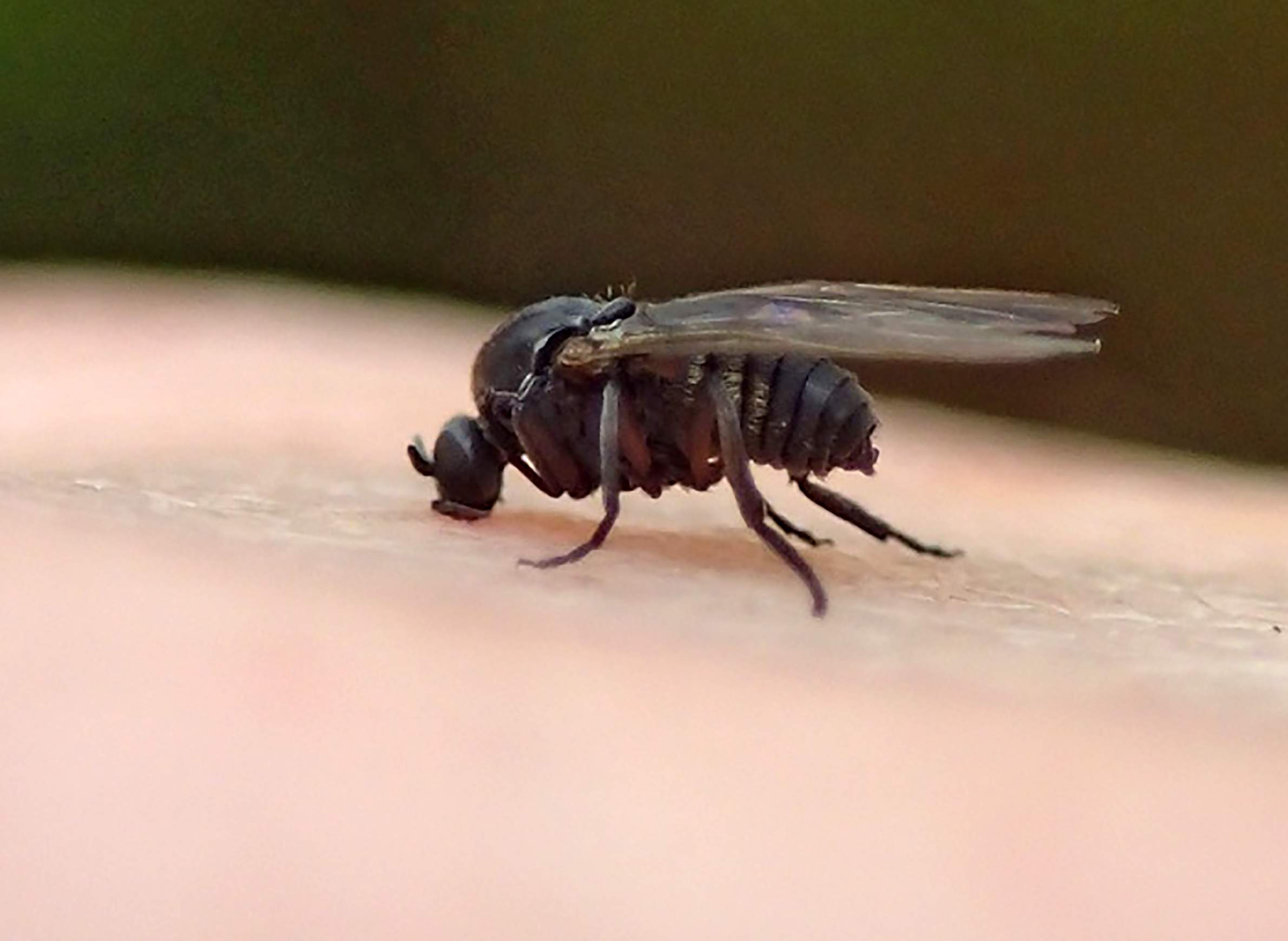
Black flies, also known as buffalo gnats, turkey gnats, or white socks, are small, robust flies that belong to the family Simuliidae of the Culicomorpha infraorder. They are related to the Ceratopogonidae, Chironomidae, and Thaumaleidae.
There are over 2,200 species of black flies, of which 15 are extinct. Most black flies feed on the blood of mammals, including humans, although the males feed mainly on nectar. They are usually small, black or gray, with short legs and antennae.
Black flies are a common nuisance for humans, and many U.S. states have programs to suppress the black fly population. They spread several diseases, including river blindness in Africa and the Americas, and can be a serious livestock pest.
Black flies breed exclusively in running water, and their larvae and pupae live in flowing water.
Black Ants
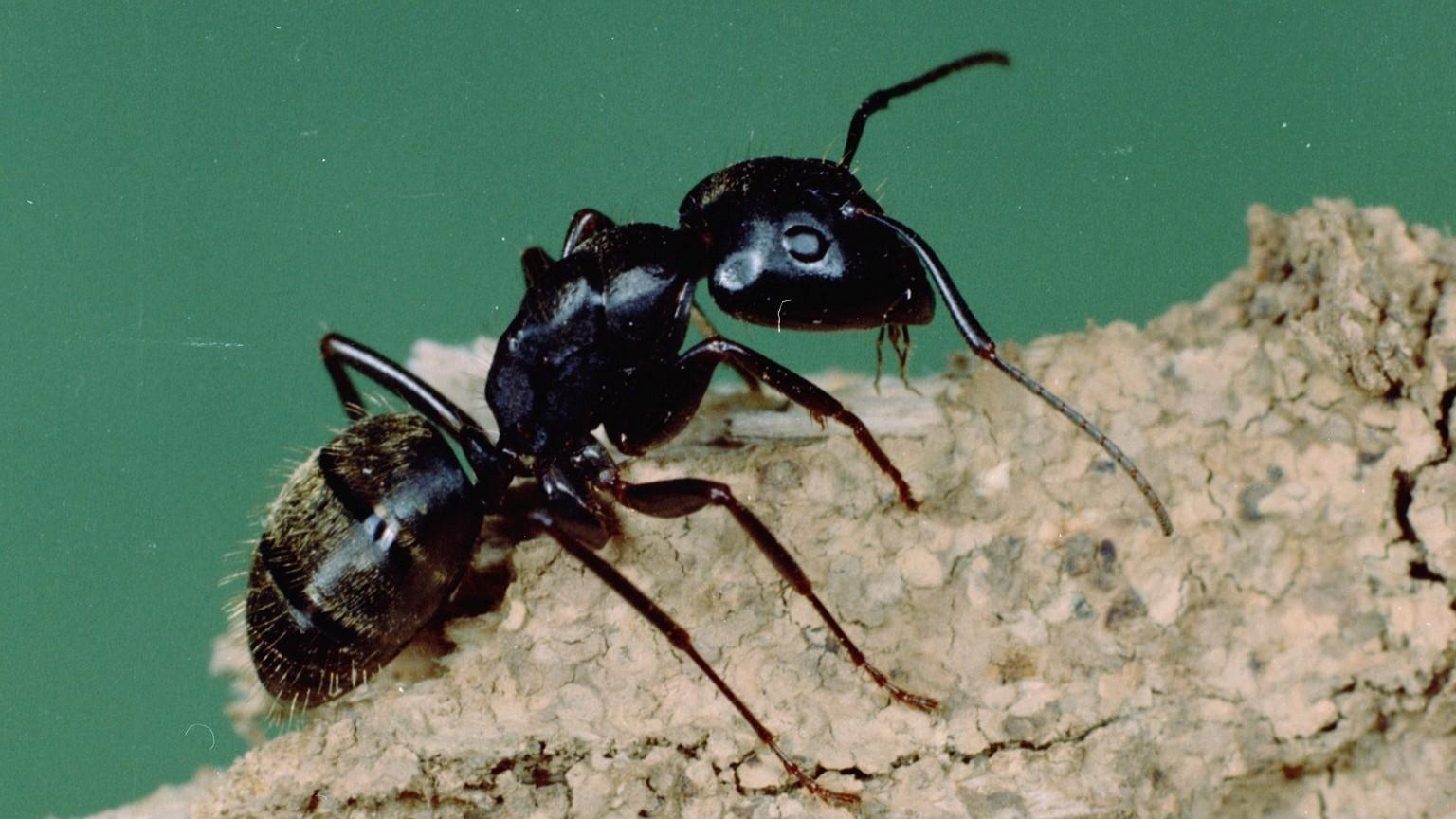
Black ants are a common type of ant found throughout the United States, and there are many different species of black ants. Here are some key facts about black ants:
Identification:
– Little black ants are small, measuring between 1.5-2mm in length, and are dark brown to black in color.
– Carpenter ants are larger, measuring up to 5/8″ in length, and can be black, red, or a combination of both.
– Black garden ants are black or dark brown in color and nest in soil, lawns, at the base of walls, or under flat stones.
Habitat:
– Little black ants are common in wooded areas and can be found nesting under rocks, in rotting logs, and under piles of bricks or lumber.
– Carpenter ants prefer to nest in moist or decaying wood, and can cause damage to structures if left untreated.
– Black garden ants nest in soil, lawns, at the base of walls, or under flat stones.
Behavior:
– Little black ants are omnivorous and will eat a variety of foods, including grease, oil, meats, fruits, and vegetables.
– Carpenter ants are known for their ability to tunnel through wood, and can cause structural damage to homes and buildings.
– Black garden ants are social insects that live in colonies consisting mainly of workers, and feed on anything, especially if sweet.
If you are experiencing an ant infestation in your home or business, it is important to contact a pest control professional for proper identification and treatment.
Black Aphids
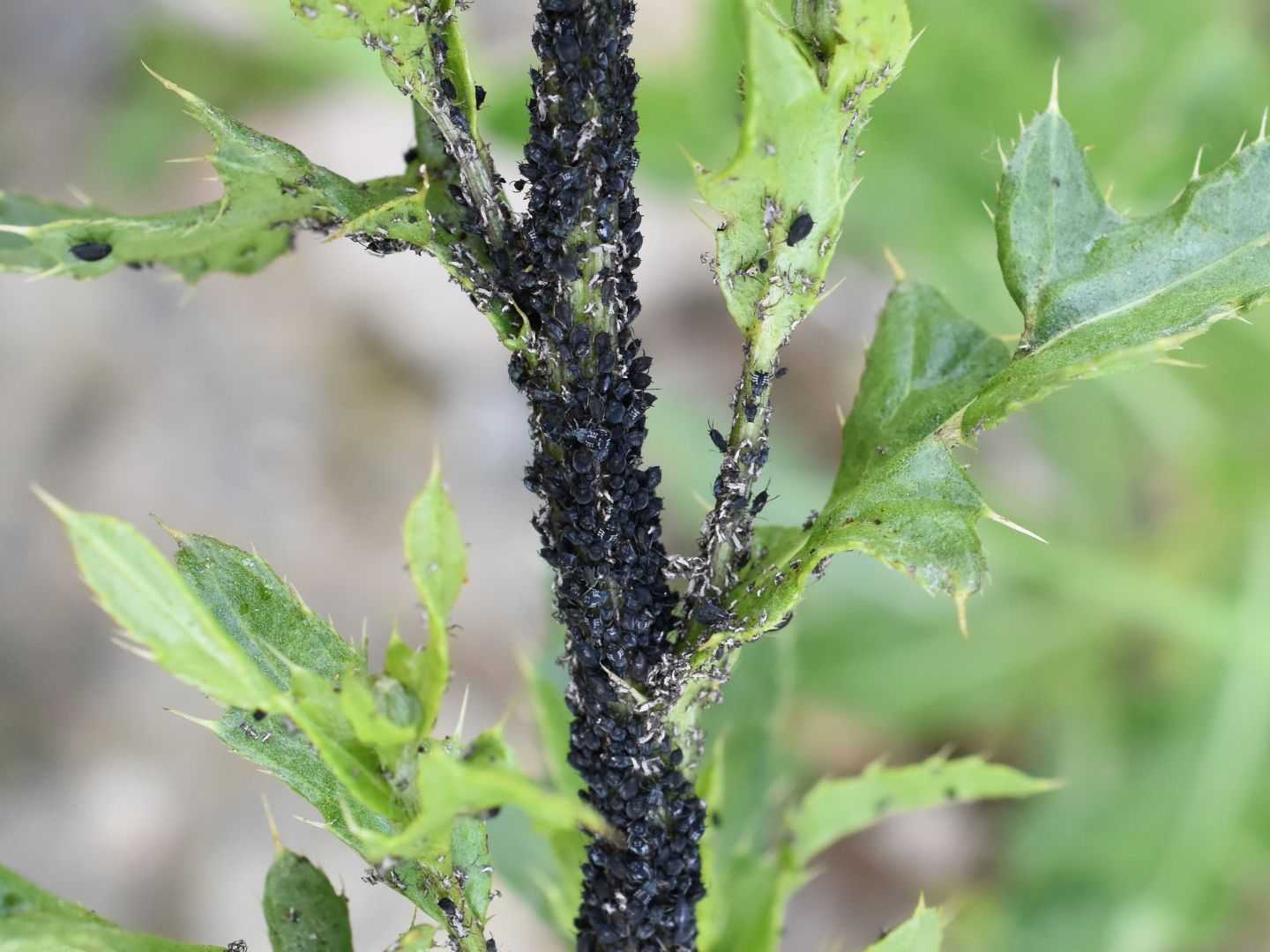
Black aphids, also known as black bean aphids or beet leaf aphids, are tiny insects that measure up to ⅛ inches long. They are oval-shaped and black or dark green in color.
Black aphids are sap-sucking insects that feed on a wide range of plants, including broad, French, and runner beans, nasturtium, dahlia, philadelphus, viburnum, and euonymus. They can form dense colonies on the soft young growth of many plants, and their feeding can cause stunted growth, yellowing, and wilting of leaves.
Black aphids reproduce quickly, and a few aphids can become hundreds of aphids in less than a week. Female aphids give birth to other females (nymphs) who are born pregnant, which allows for exponential growth in a short time.
If you are experiencing a black aphid infestation in your garden, there are several ways to control them, including using insecticidal soap, neem oil, or introducing natural predators such as ladybugs or lacewings.
Black Carpenter Ants
Black carpenter ants (Camponotus pennsylvanicus) are one of the largest and most common species of carpenter ants in the United States. Here are some key facts about black carpenter ants:
Identification:
– Black carpenter ants can be distinguished from other carpenter ant species by the dull black color of the head and body, and by whitish or yellowish hairs on the abdomen.
– All castes of this species (including the major and minor workers, queens, and males) are black or blackish.
– Workers can be in different sizes, and the queens can reach a length of 19–21 mm, while the largest workers (super majors) can achieve similar sizes of around 14–17 mm.
Habitat:
– Black carpenter ants naturally nest in dead logs and wood in forests, but they can also build nests in the side of buildings or the support beams of a home, causing structural damage.
– They prefer to attack wood softened by fungus, which is often associated with moisture problems, so homeowners should keep an eye out for excess moisture and soft, damaged wood.
Behavior:
– Black carpenter ants are known to forage up to 100 yards (91 m) in search of food, establishing chemical (pheromone) trails as they forage.
– Nests can contain thousands of individuals, and such large nests may be noticed by the audible cracking sound the workers produce.
– Carpenter ants clean their nesting sites, and their galleries are not lined with mud or moist soil like termites.
If you suspect a black carpenter ant infestation in your home or business, it is important to contact a pest control professional for proper identification and treatment.
Black Crickets
Black crickets are a common type of cricket found in many parts of the world, including Australia and the United States. Here are some key facts about black crickets:
Identification:
– Black crickets can vary in size, ranging from 9/16 to over 1 inch long.
– They are usually dark brown to black in color.
– Black field crickets, a specific species of black cricket found in Australia, can grow up to 30 mm long and have long antennas and legs adapted for jumping.
Habitat:
– Black crickets can be found in a variety of habitats, including fields, forests, and even inside homes.
– Field crickets live in burrows and cracks in damp spots, especially in loam soils that tend to form deep cracks.
– House crickets, a different species of cricket, can breed indoors and are often found in warm, dark cracks and crevices.
Behavior:
– Black crickets are omnivorous and will eat a variety of foods, including plants, other insects, and even pet food.
– They are most active at night and can be attracted to lights.
– Black field crickets produce mating calls using their forewings, rubbing them together to produce pure tones or rapid oscillations.
If you are experiencing a black cricket infestation in your home or garden, there are several ways to control them, including using insecticides, traps, or natural predators such as birds or spiders.
FAQS
1. What are the most common types of black bugs?
The most common types of black bugs include black carpet beetles, Oriental cockroaches, bed bugs, black widow spiders, black flies, black ants, black aphids, black carpenter ants, and black crickets.
2. Where are black bugs typically found?
Black bugs can be found in a variety of habitats, including homes, gardens, forests, and fields. Some species prefer to live in specific environments, such as black carpet beetles on plants like crape myrtles, or black carpenter ants in moist or decaying wood.
3. What problems can black bugs cause?
Black bugs can cause a range of problems, from structural damage to homes and buildings (such as black carpenter ants) to health issues from bites or infestations (such as bed bugs). Black aphids can also cause damage to plants by sucking the sap from the leaves.
4. How can I identify a black bug?
Identifying a black bug can be challenging, as there are thousands of species. However, many black bugs have distinctive features, such as the hourglass shape on the abdomen of black widow spiders or the reddish-brown color of the larvae of black carpet beetles. Pictures and identification tips can be found in the article.
5. How can I get rid of black bugs?
The best way to get rid of black bugs depends on the species and the severity of the infestation. Some methods include using insecticides, traps, or natural predators such as ladybugs or lacewings. It is recommended to contact a pest control professional for proper identification and treatment.
Source: https://petstutorial.com
Category: Animals










